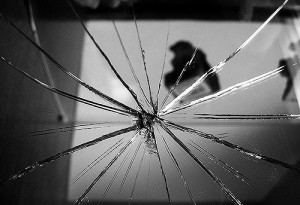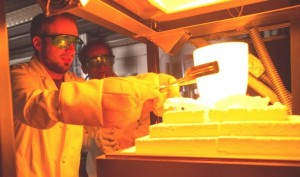Schott Award Recognizes Glass Researchers
Although the researchers work in three different countries and for three different institutions, they collaborate to share their research discoveries. Wiederhorn’s research focuses on the tensile strength of glass, and microscopic cracks that naturally occur in glass. Satoshi’s research examines the elastic behavior of glass surfaces when they encounter mechanical stress. Guin researches the growth of cracks in glass at the nanoscale level, as well as fatigue thresholds, and properties like hardness, toughness and scratch resistance.
The award, which is given by the Ernst Abbe Fund, seeks to maximize the potential of glass and improve its strength. To improve the overall performance of glass, the Abbe Fund supports basic research and technological improvements related to glass and glass ceramicsIndividuals and small research teams are eligible for the award, and are selected from candidates worldwide who engage in qualifying glass application research in healthcare, telecommunications, optics, renewable energy and other similar fields.
Significant work has been done at the nanoscale level to take advantage of the properties of glass. For example, Glassprimer™ glass paint is specially engineered to create nanoscale bonds with glass surfaces. By modifying the glass surface, Glassprimer™ glass paint adheres permanently to the glass surface. In addition to offering a permanent coating, Glassprimer™ glass paint offers superior UV resistance. Glassprimer™ glass paint won’t chip, fade or peel, even in direct sunlight.
UV resistance is an important benefit. Beyond preserving the appearance of the coating, Glassprimer™ glass paint’s superior resistance allows you to control the amount of UV radiation that penetrates a glass surface. Controlling UV radiation is key to achieving energy conservation in spaces that make heavy use of exterior-facing glass.
If you’d like more information about Glassprimer™ glass paint, please visit our website. If you’d like to purchase Glassprimer™ glass paint, please visit our online store .
Photo Credit: Ryan McGilchrist , via Flickr.com


